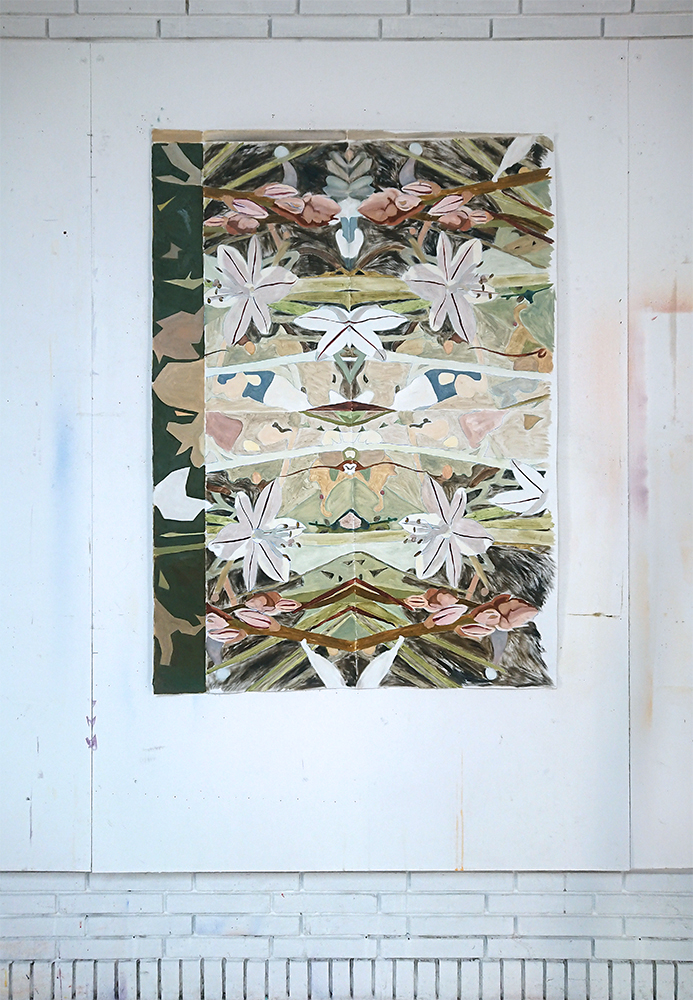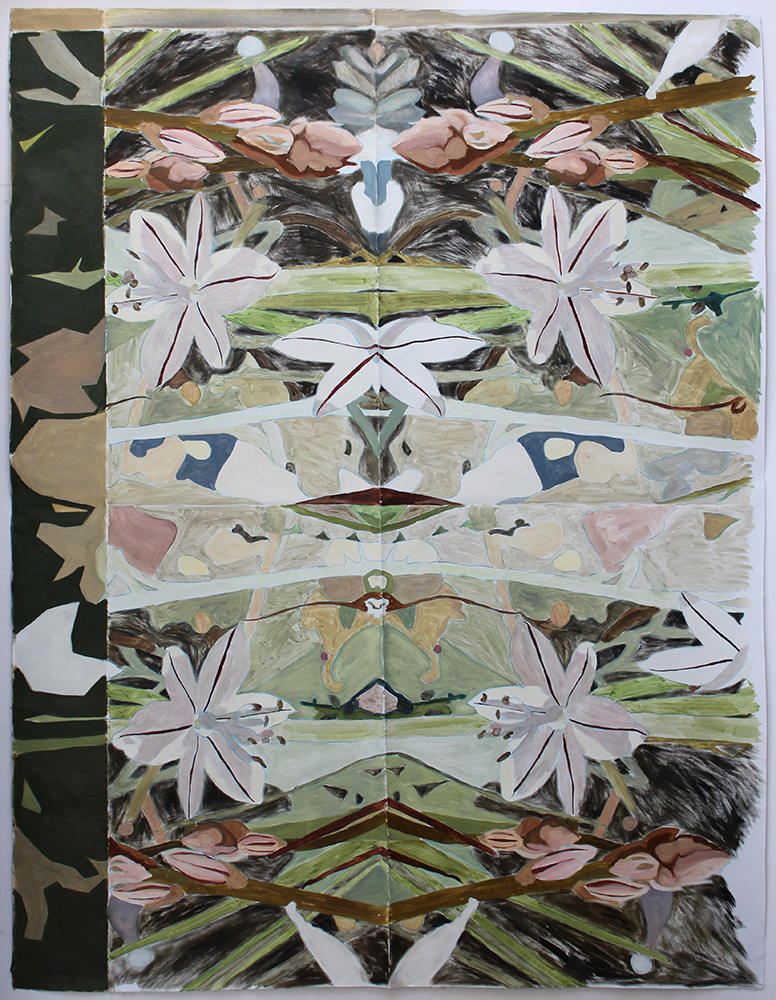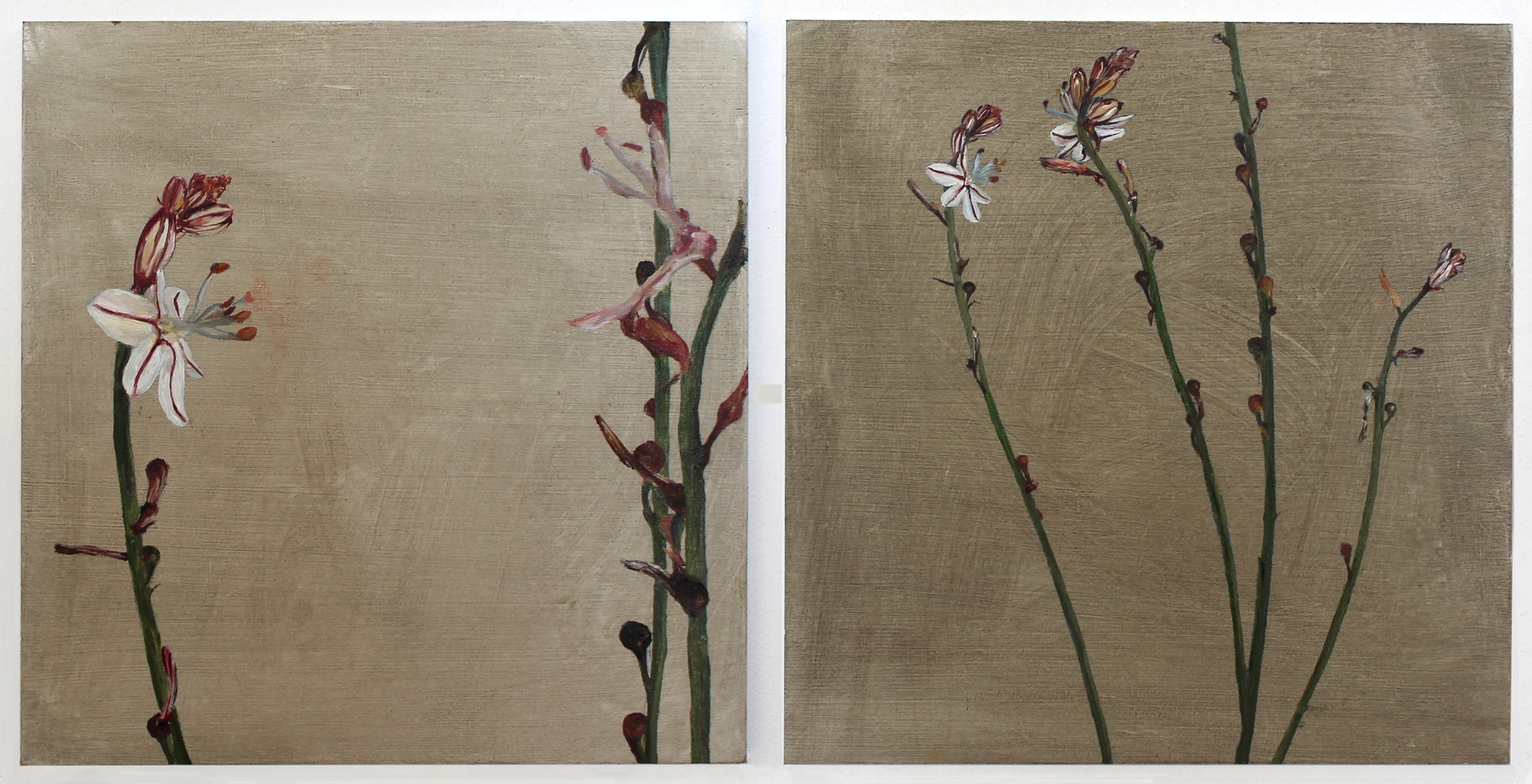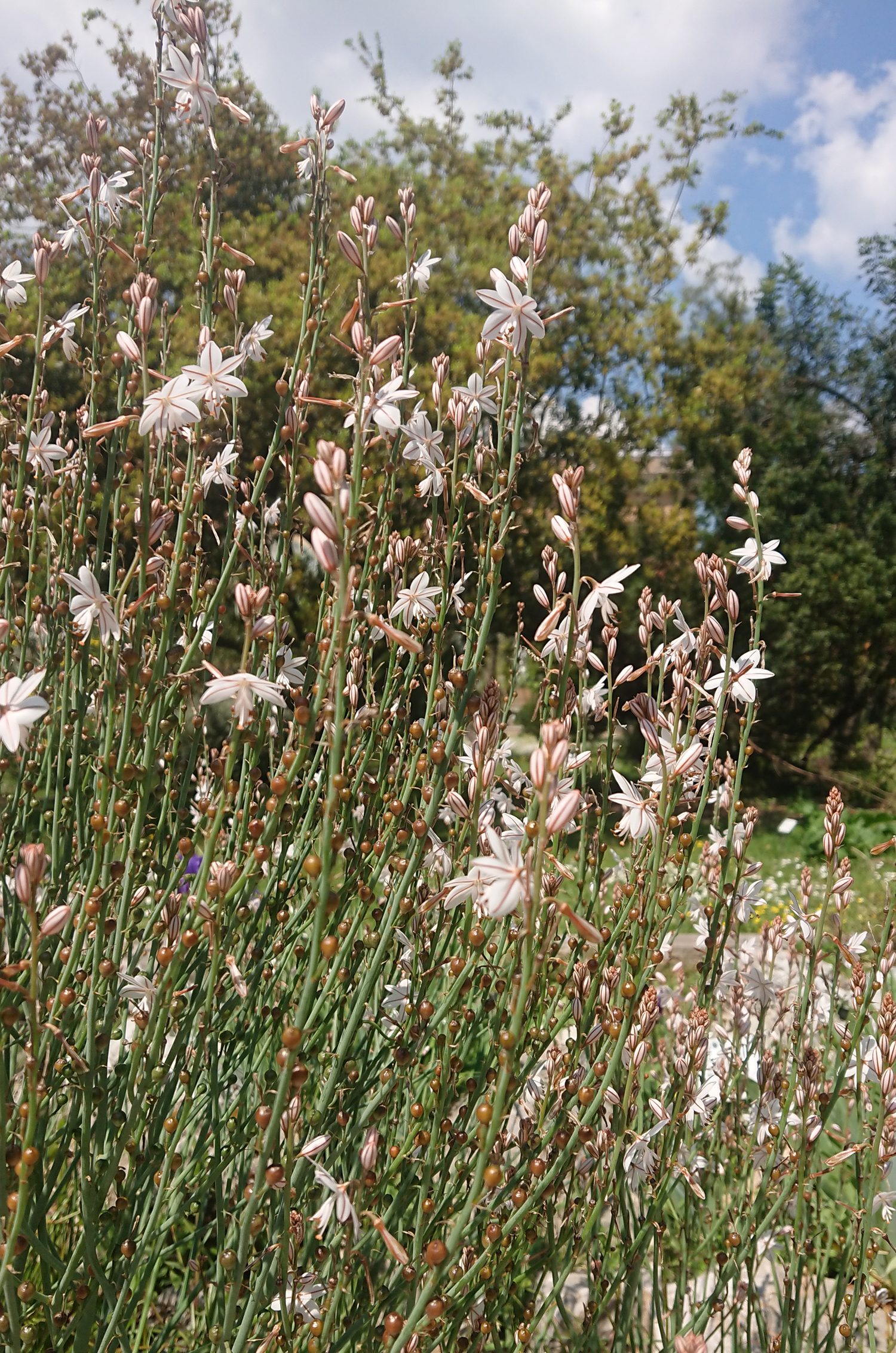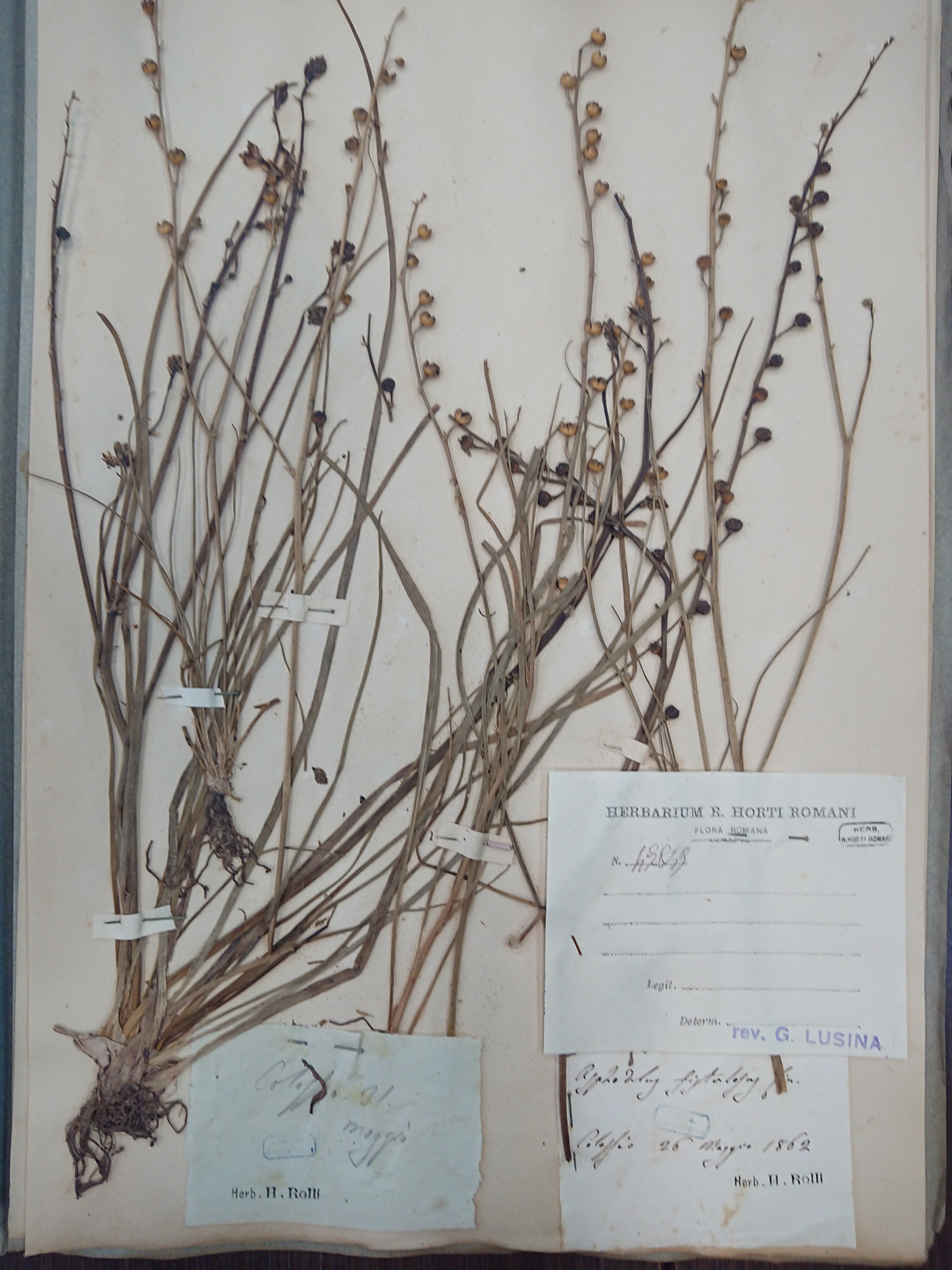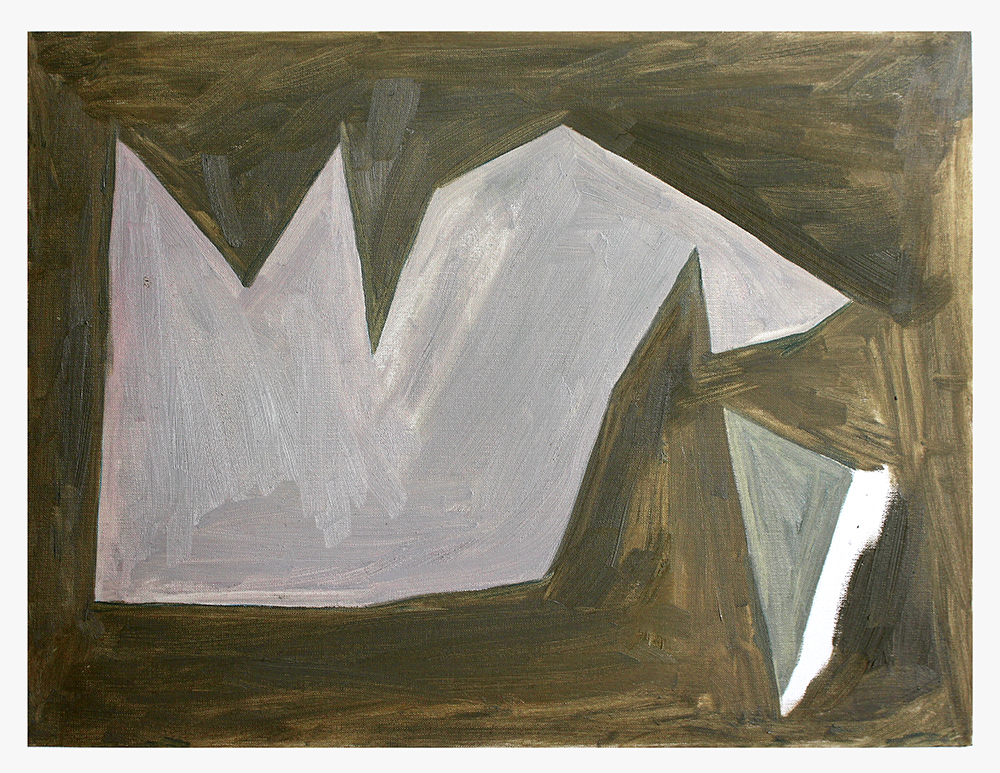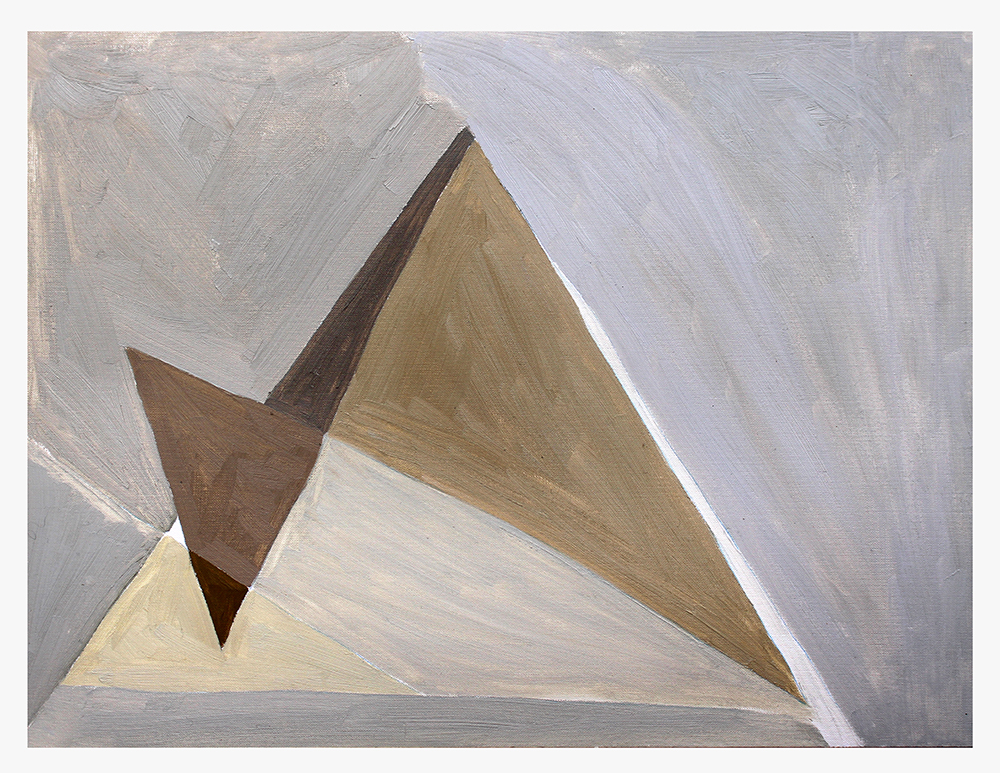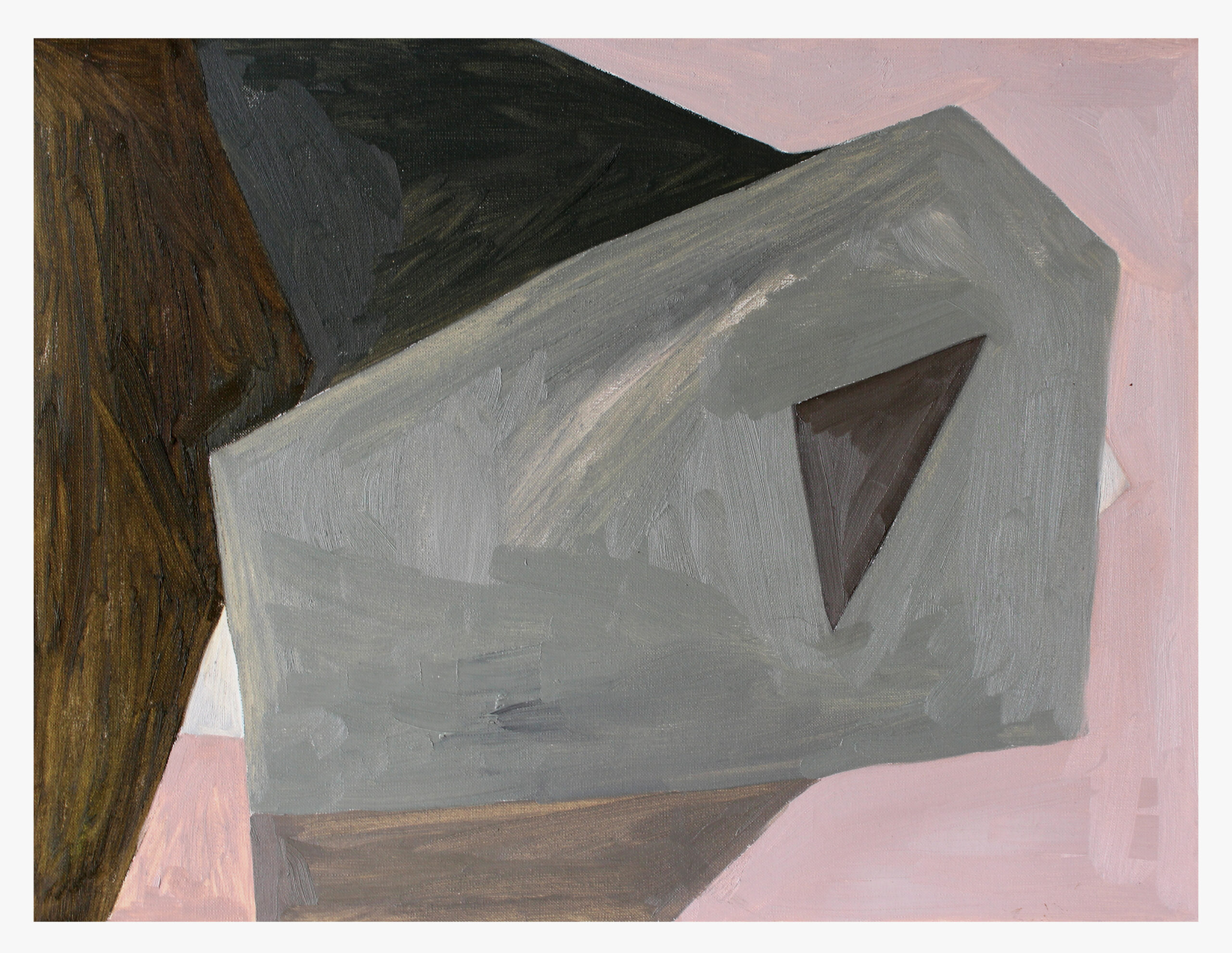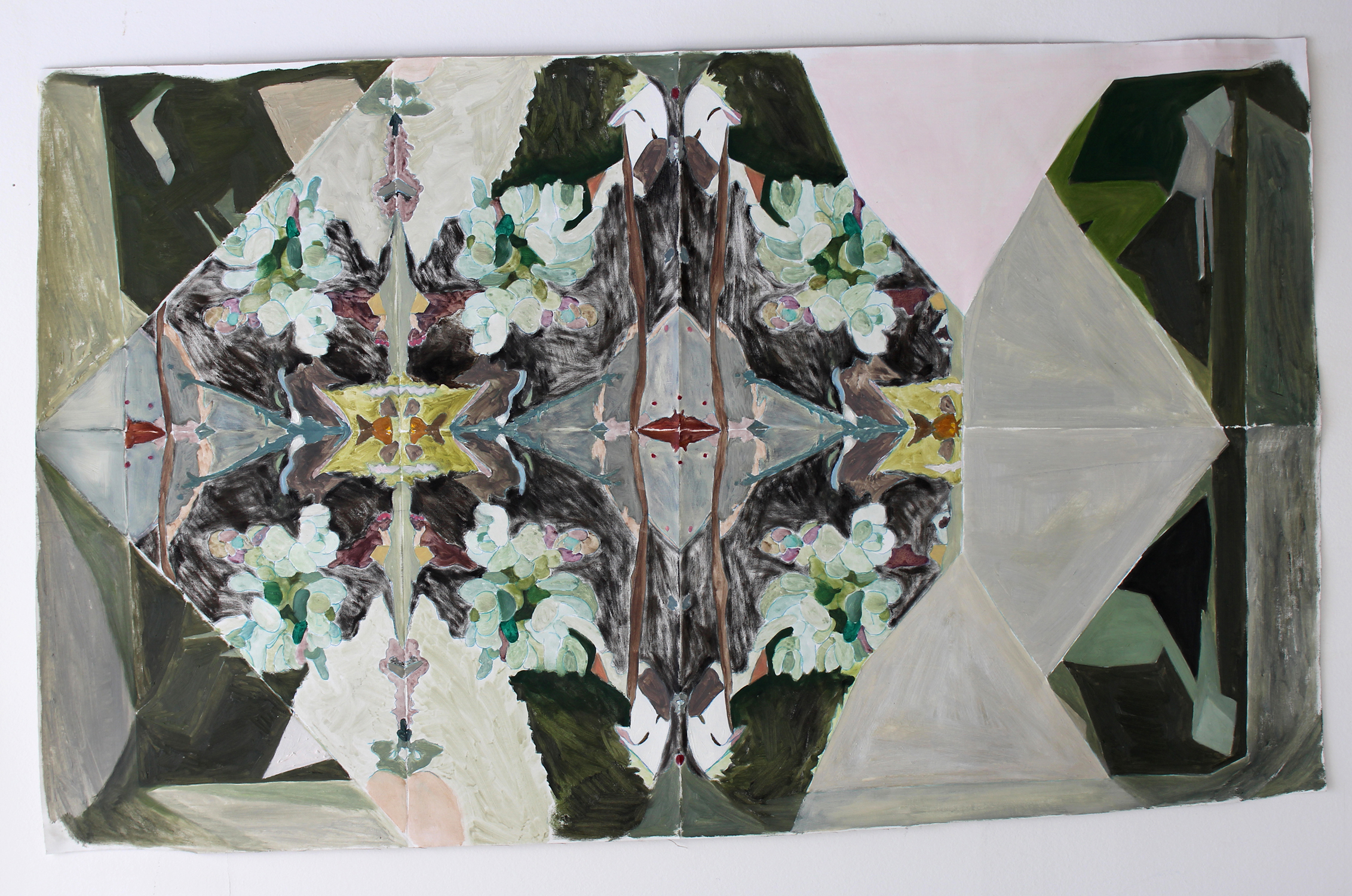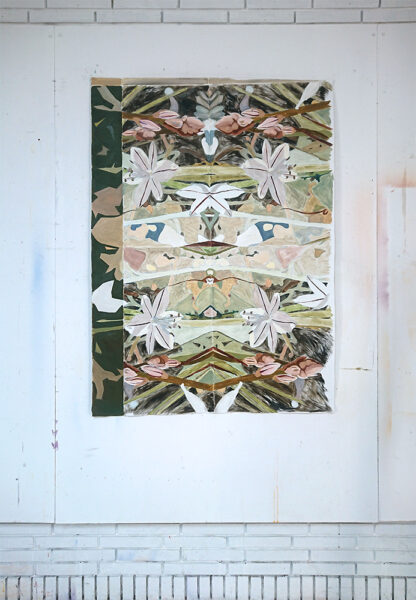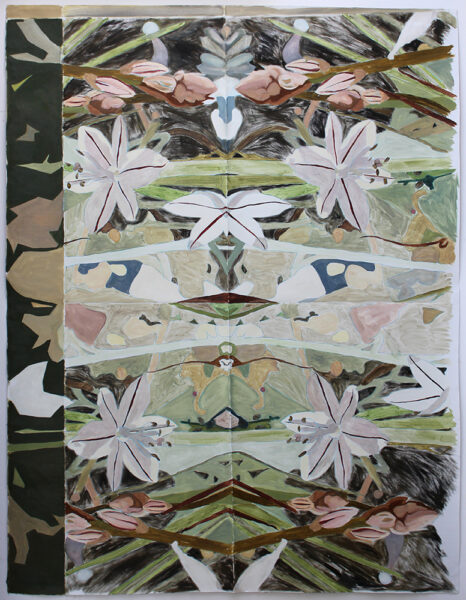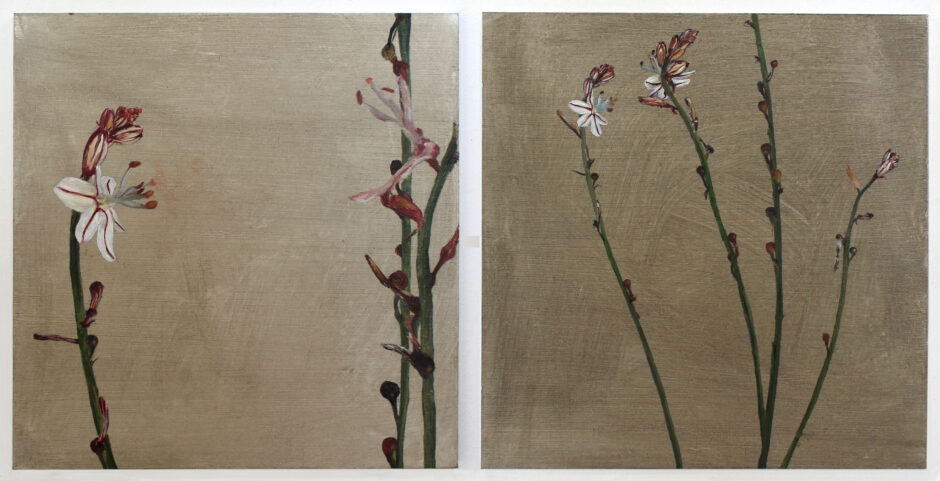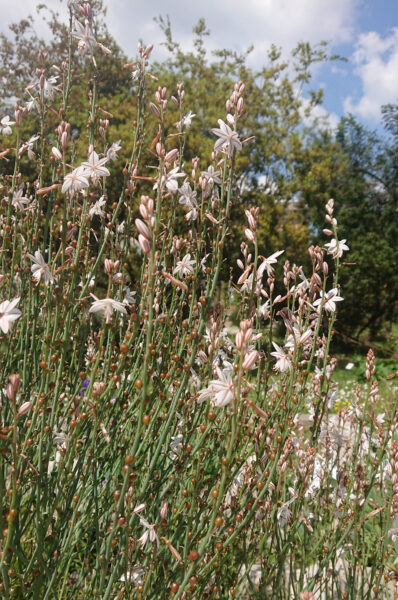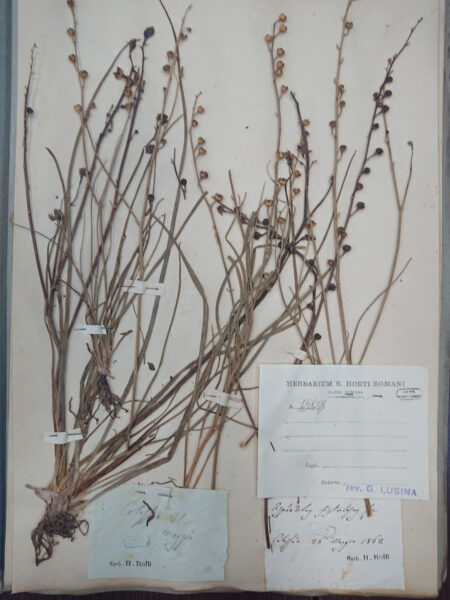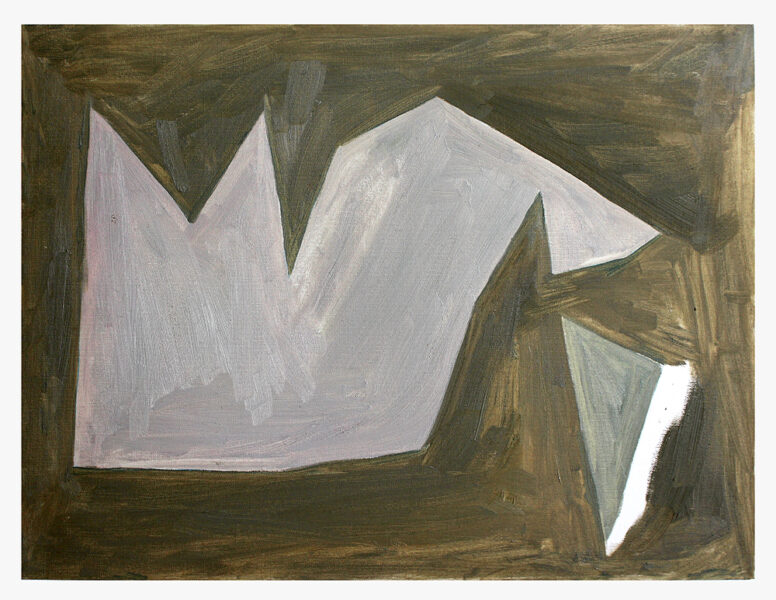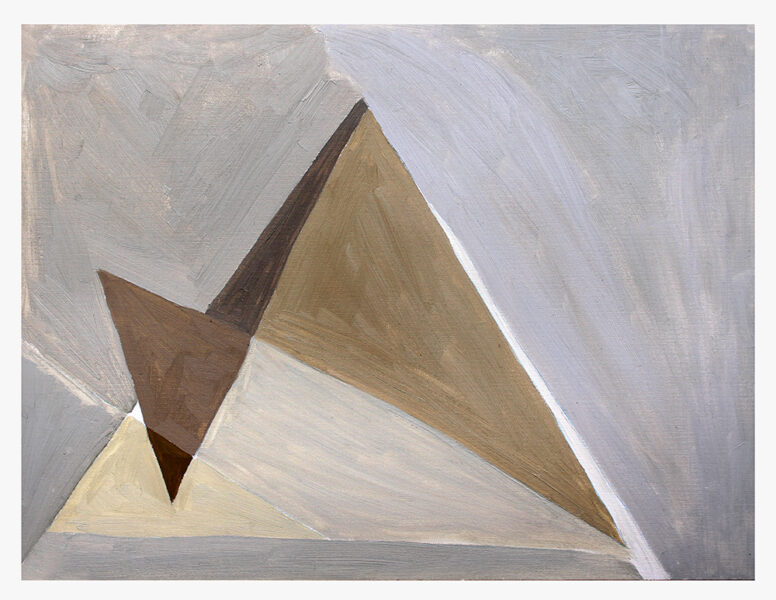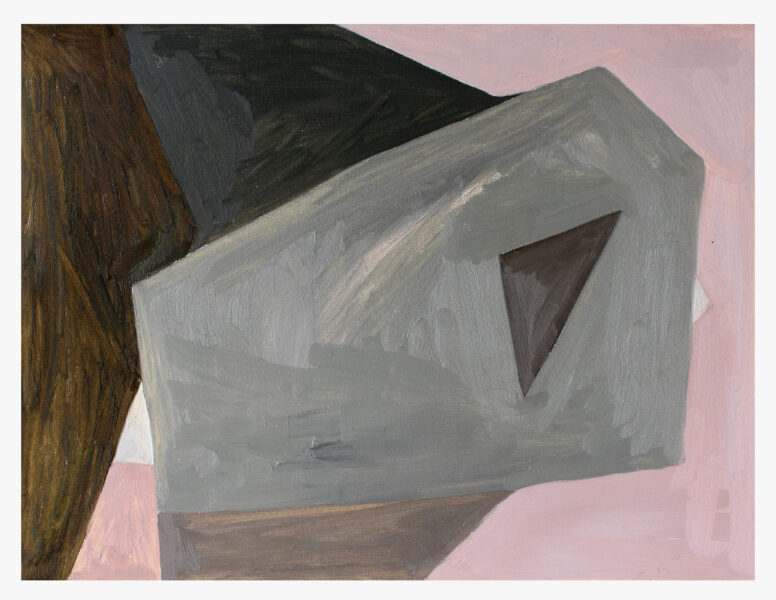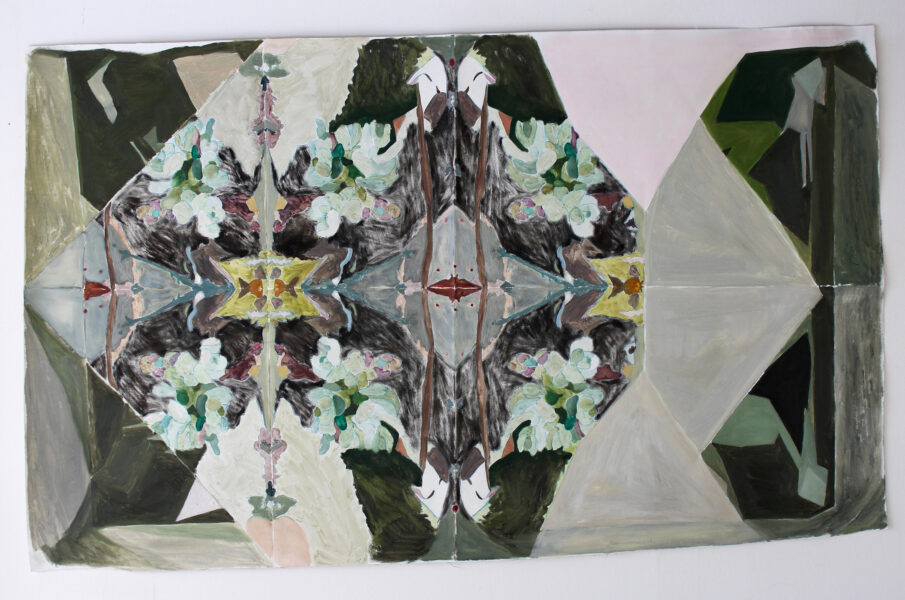PINK ASPHODEL IN THE CRACKS OF COLOSSEUM
Due to their fragmented nature ruins possess a creative potential. The story of a ruined place can often be found growing in the cracks like in the Colosseum in Rome. As the botanist Richard Deakin points out in Flora of the Colosseum of Rome: ”Flowers form a link with the memory.” (Deakin,1855: vi PREFACE)
This project is about the Onion-leaved Pink Asphodel (Asfodelo Fistolosus), which unfolds a very interesting story: ”This pretty little plant grows on the upper part of the ruins of the Colosseum, which is the only place that it is known to grow in about Rome.” (Deakin, 1855:196) For centuries Colosseum was a wild and overgrown place. When Deakin examined Colosseum in the 1850s, he found a wide variety of species of plant growing among the ruins. Several species encountered were rare for the flora of Rome as in particular the Pink Asphodel.
The flower was last recorded in 2000, when the scaffolding erected for the restoration of the Colosseum allowed botanists to access residual populations on top of the monument. Before that is has not been seen since a surveys on the wall flora conducted in the 1940s by Anzalone (Flora e vegetazione dei muri di Roma,1951).* Still today Colosseum has a variety of plants including very rare species, which scientists believe can only survive when sheltered by the arena, which forms a sanctuary from the urban environment outside.
But how did this flower come to grow in Colosseum? The myth goes that the plants were brought as seeds on the fur of animals brought from Africa to fight in the arena. The animals died in large numbers. One example is the games celebrating the inauguration of the Colosseum in Rome, arranged by the Flavian emperor Titus, where 9000 animals were killed in the arena during the 100 days celebration. ** As Deakin writes: ”…the noble and graceful animals from the wilds of Africa brought there in great numbers, and let loose in their wild and famished fury, to tear each other to pieces.” (Deakin, 1855: iv PREFACE) Another theory is that the seeds have been transported with stones used for constructing the arena, as rare flowers have been found growing at other historical sites like for example Ostia Antica.
The site-specific observations and following transcriptions are supplemented by detail studies of the Pink Asphodel done visiting The Museum Herbarium of Molise (MEM) in Rome.
* (Celesti-Grapow L, Caneva G, Pacini A., The Flora of Colosseum, 2001a)
** (Jacob Coley, Department of Greek and Roman Art, The Metropolitan Museum of Art, 2010)
Back to front
